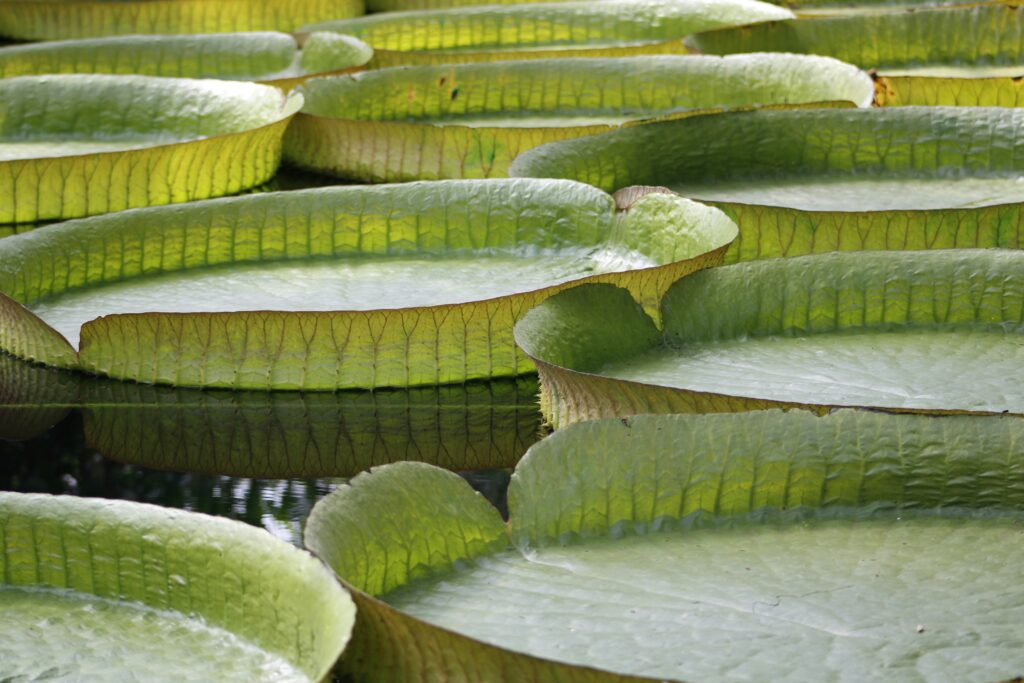Interesting biology facts are some of the most fun things to learn. As a study, biology is a discipline that is riddled with plenty of fascinating factoids. Many of these facts are not well-known, and can honestly be shocking and awe-inspiring to hear. In addition to learning facts for the pursuit of knowledge, learning science facts is fun. Not to mention, it can give you a few good conversation starters for your next party!
Without further ado, let’s dig into 14 interesting biology facts that everyone should know!
1. Your Neurons Fire at 268 Miles Per Hour
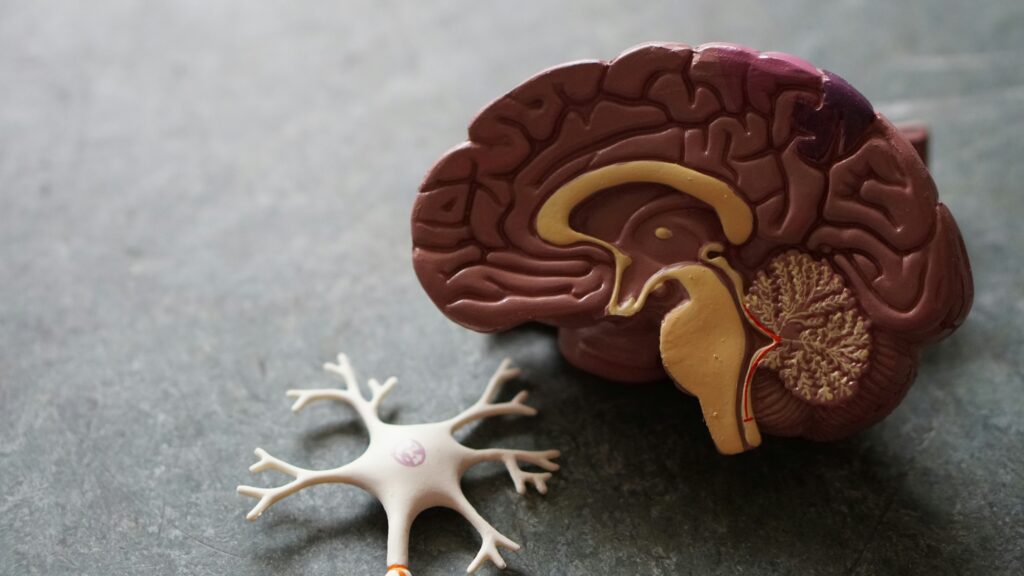
Brain facts are some of the most interesting things to learn in biology. From synapses to gray matter, the brain can just sound like an alien thing when you learn more about it. One extremely interesting fact about the brain is that neurons can fire as fast as 268 miles per hour!
Upon stimulation, neurons create electrical impulses that travel across neurons to create an effect. Specific neurons, such as the alpha motor neuron, have been recorded to create impulses that travel at extremely high speeds.
In fact, these neurons travel slightly faster than the fastest bird on earth, the peregrine falcon!
2. Babies Have More Bones Than Adults

Yes, you heard this interesting biology fact right; babies have more bones than adults! When first born, babies have around 300 bones in their body. In comparison, the typical adult has 206 bones in their body. To explain this, the bones in a baby’s body are usually fragmented and partly composed of cartilage. As they age, these patches of cartilage harden and fuse into whole bones, which comments the fragments together. Thus, by the time a baby has reached full maturity, the small bones have fused into the adult bones that we all have!
3. 25 Trillion Styrofoam Cups Are Disposed of Each Year
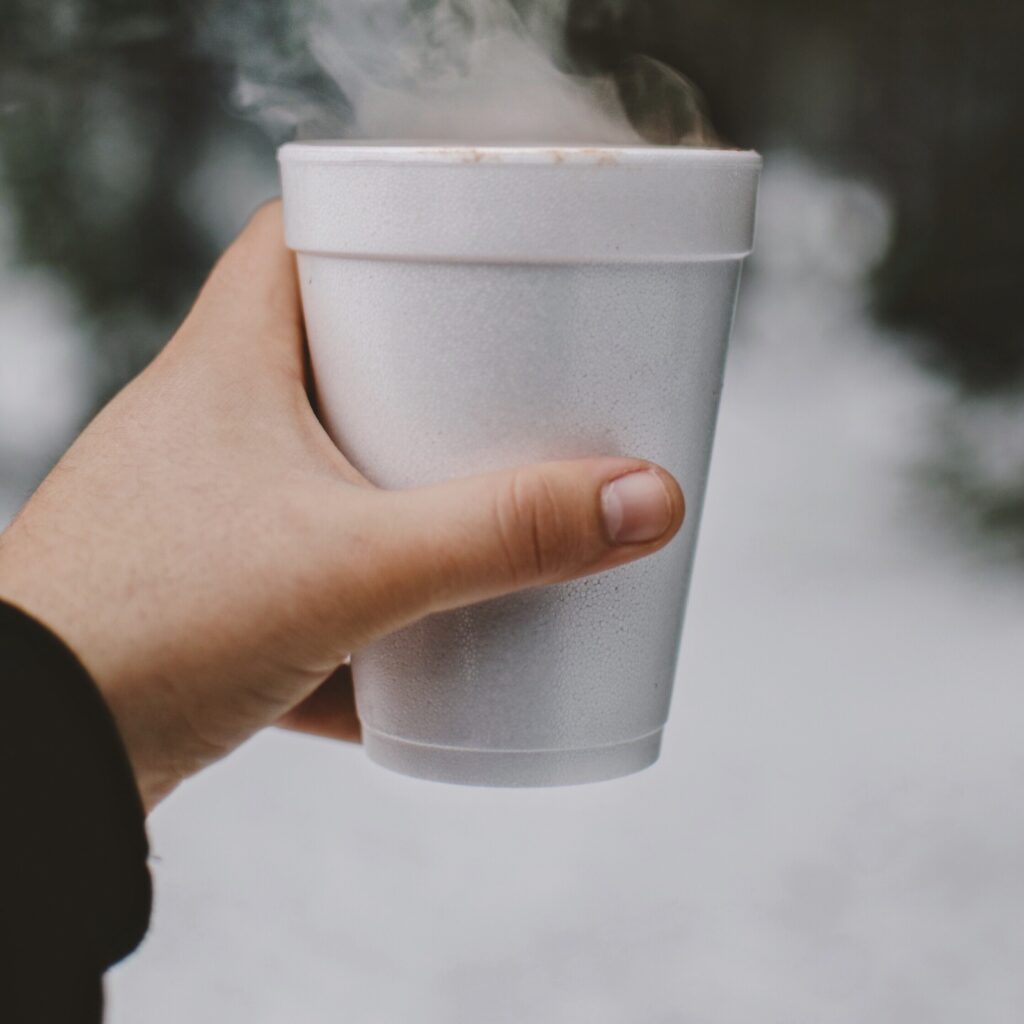
It is common knowledge that humans have a major impact on the health of the Earth’s ecosystems. One major impact that we cause is through direct pollution, which can find its way into ecosystems and disrupt natural nutrient cycles.
One huge form of pollution that humans cause is styrofoam waste. Styrofoam is a common type of plastic that is used for products such as disposable cups, takeaway containers, and cooler insulation. While it is a very useful material, it breaks into small pieces easily and does not actually biodegrade in nature.
With that said, it has been cited that humans use up to 25 trillion styrofoam cups each year, which has major implications for the health of our ecosystems!
4. Fleas Have an Impressive Jump
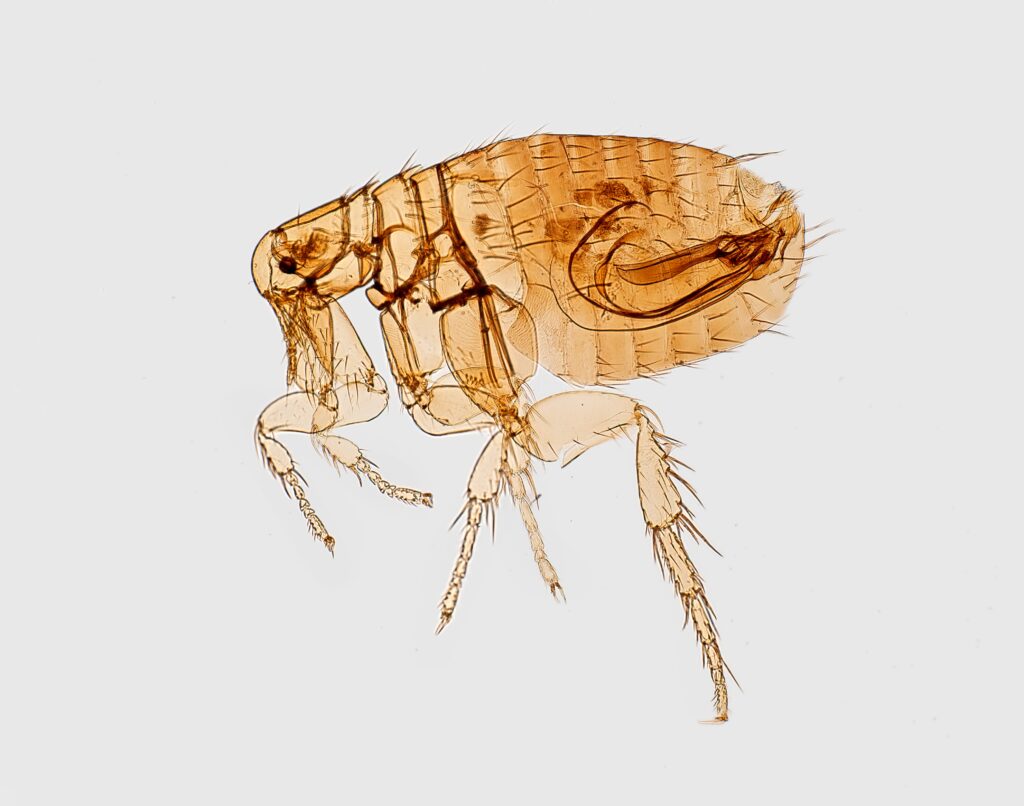
If you think that Olympic high jumpers are impressive, you should take a look at fleas. These pesky pests are known to be an issue for animals with hair and are most commonly dealt with by dog and cat owners. One way that fleas can spread so well is their impressive jump. Most fleas can leap distances of roughly 350 times their body length!
5. There is a Huge Patch of Garbage in the Pacific Ocean
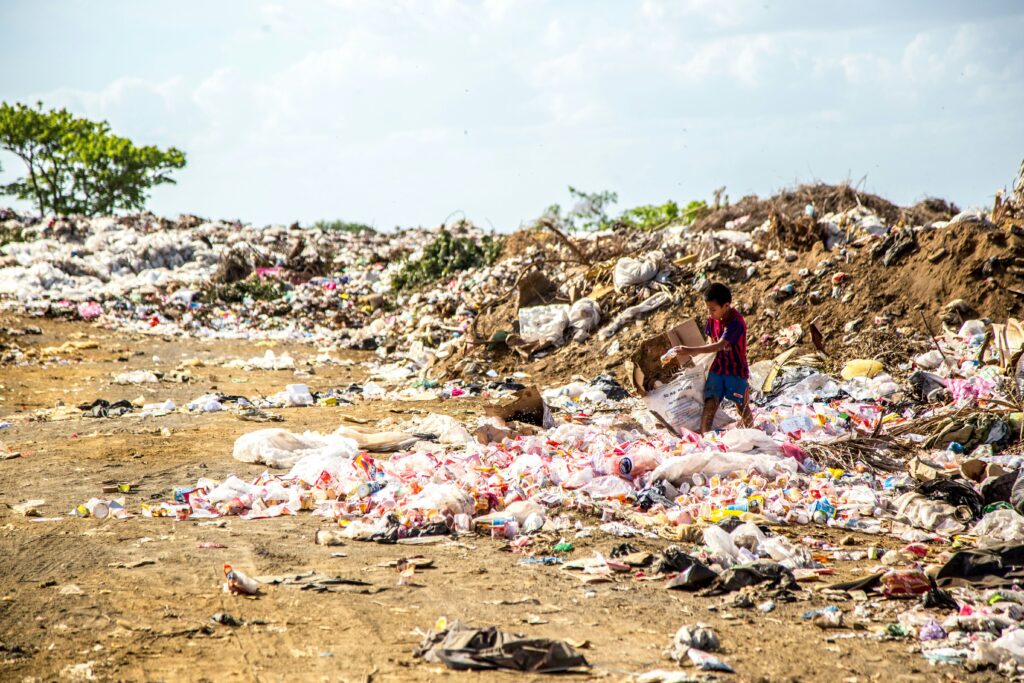
While many interesting biology facts have to do with super-powered technology or cutting edge scientific techniques, this one has to do with something far less glamorous: trash!
In the North Pacific Ocean, there is a massive pile of marine debris that has been dubbed the “Great Pacific Garbage Patch”. Also known as a trash vortex, the pile has grown and accumulated over the years, standing as a testament to the pollution of humans across the globe.
Due to a culmination of multiple currents that form a gyre, the ocean easily draws marine debris inward. At the center of the gyre, water stands relatively still, which is where the patch accumulates.
6. 50-80% of All Life on Earth is in the Ocean
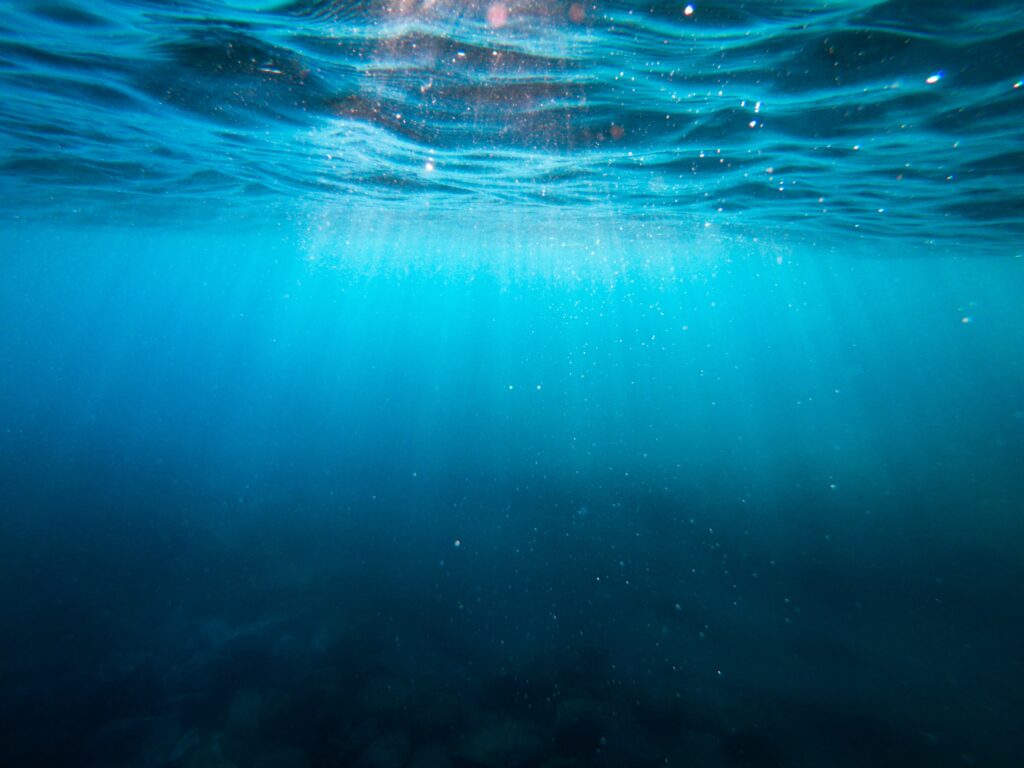
The ocean is truly a mysterious place. Regardless of all our great technology and scientific advancements, there is still a lot that we don’t know about the ocean. One thing that we do know however is that the ocean is brimming with life. In fact, many sources claim that around 50-80% of all life on Earth is in the ocean. Although this statistic is shocking, it may make a little more sense when you hear that around 99% of the living space on the planet!
7. Some Plants Can Produce Heat
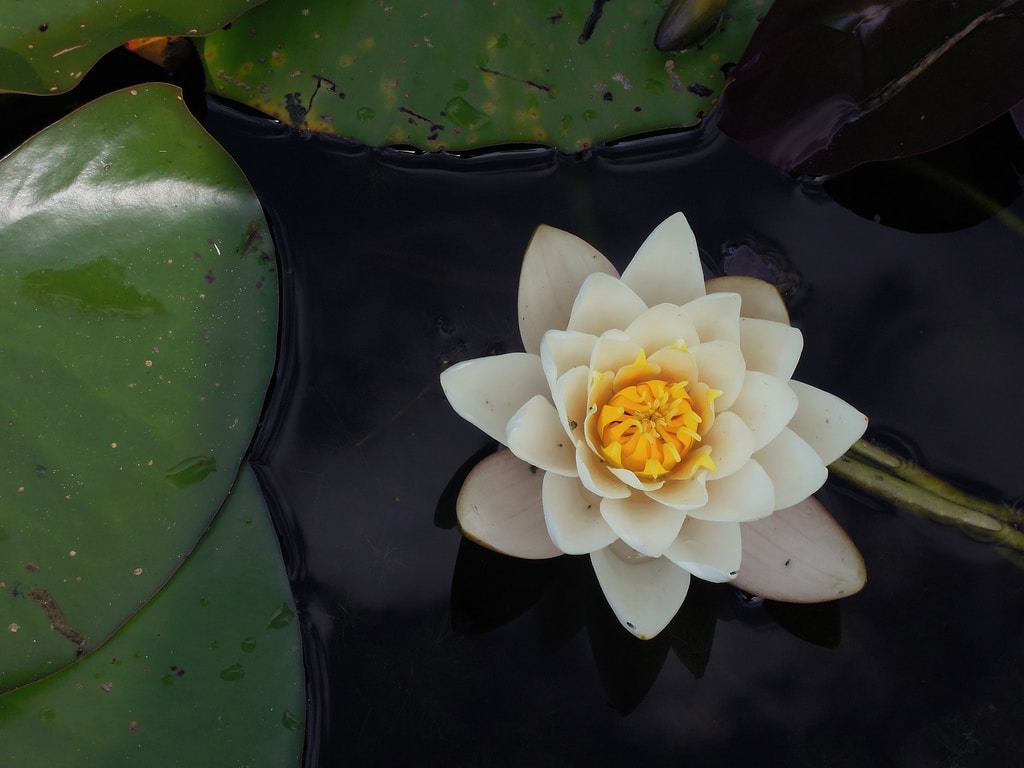
Certain plants can produce their own heat as a mechanism for pollination. Specifically, a number of plants that require insect pollinators use this strategy to mimic meat or other food sources that insects use to lay eggs on. With this, they physically raise their temperature to levels that are similar to some animals! In addition to this, many of these plants also create pungent odors that are also meant to mimic rotting meat.
8. There Are More Bacterial Cells In Your Body Than Your Own Cells

In recent years, the true power and abundance of microorganisms have become more well-known. With this, scientists have recently noted that bacteria are a natural and abundant facet of our bodily systems. In fact, bacteria can be found on our skin, in our eyes, and even in our stomachs. Furthermore, it is currently estimated that the number of bacteria in our body outnumbers the amount of our own personal cells!
9. Americans Use a Lot of Energy

Energy is a delicate and precious resource that people across the world require to sustain life. From business to cooking fuel, energy is a thing that everyone interacts with. Certain countries are cited to use more energy than others, either as a result of their industry, economy, or culture. Of the world’s countries, America is recorded to use the most energy. In fact, even though America’s population only accounts for 5% of the world’s population, it accounts for 26% of the world’s energy usage today.
10. Scientists Can Use Guns to Genetically Modify Plants

Genetic modification is a hot-button topic in today’s day and age, but most people don’t actually know how scientists can accomplish it. One of the first methods devised to alter the genes of plants was known as biolistics. With the biolistics technique, beads that are coated with DNA or RNA are essentially shot into tissue to incorporate new genes. The tool that is used to accomplish this is relatively gun-like, and has been lovingly nicknamed “the gene gun”.
11. Some Birds Are Parasitic … to Other Birds
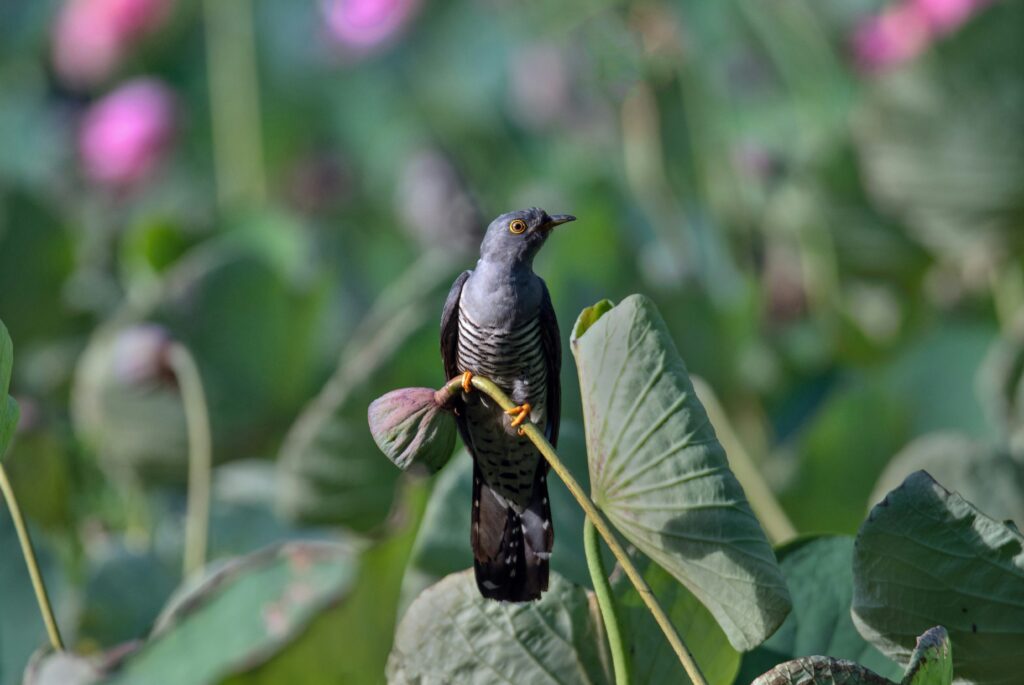
While you may think of birds as gorgeous animals that can produce beautiful songs, some species are actually parasites in their own right. An interesting biology fact that you may not know is that there are parasitic birds are known as brood parasites, and use their host species to raise their own young.
One great example of this is the cowbird, which actually lays its eggs in the nest of its host species. After laying, the cowbird may remove or damage one of the host bird’s eggs to make room for their new young. After hatching, the host bird is none the wiser and feeds the cowbird baby until it is fully fledged.
12. Humans Actually Have 9 Senses

In addition to the traditional five senses that we know and love (sight, taste, touch, hearing, and smell), we actually have a few other senses that are lesser known. The other senses include temperature, balance, pain, and proprioception (awareness of the position or movement of the body).
13. All DNA Sequences Are Made of Only 6 Molecules
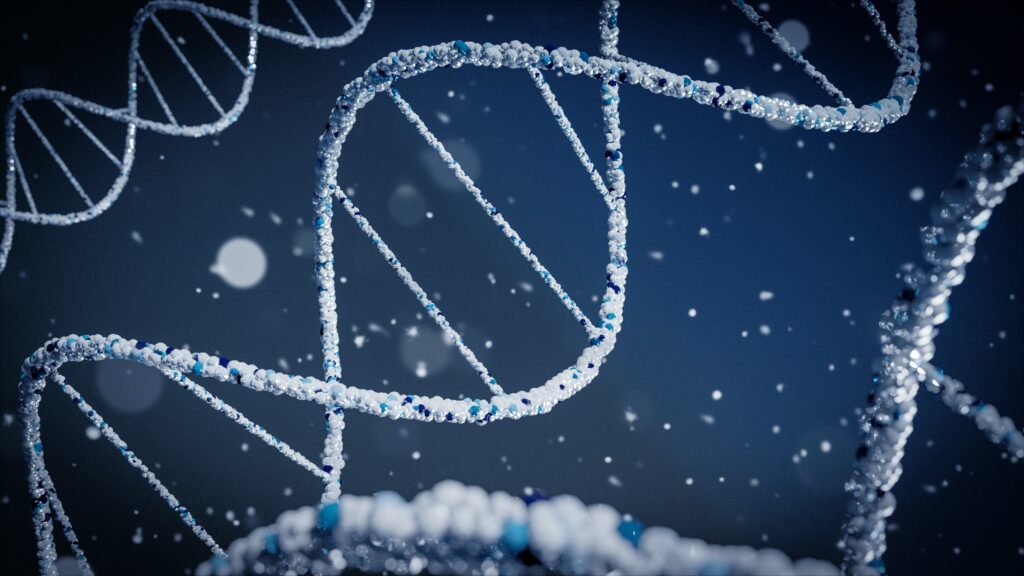
As you probably learned in your high school biology class, DNA is the basis of life and is used in organisms as a genetic blueprint to sustain life. One interesting biology fact is that the molecule itself is only composed of six main components.
Firstly, there is a deoxyribose sugar and a phosphate group which forms the backbone of DNA. In addition to these main components, each singular unit of DNA (nucleotide) has one of four other nitrogenous bases: adenine, guanine, cytosine, and thymine. These four bases make the “rungs” or inside part of DNA, and bind together to make the molecule its typical double-helix shape!
14. The Human Body Makes 17 Million Red Blood Cells Per Second
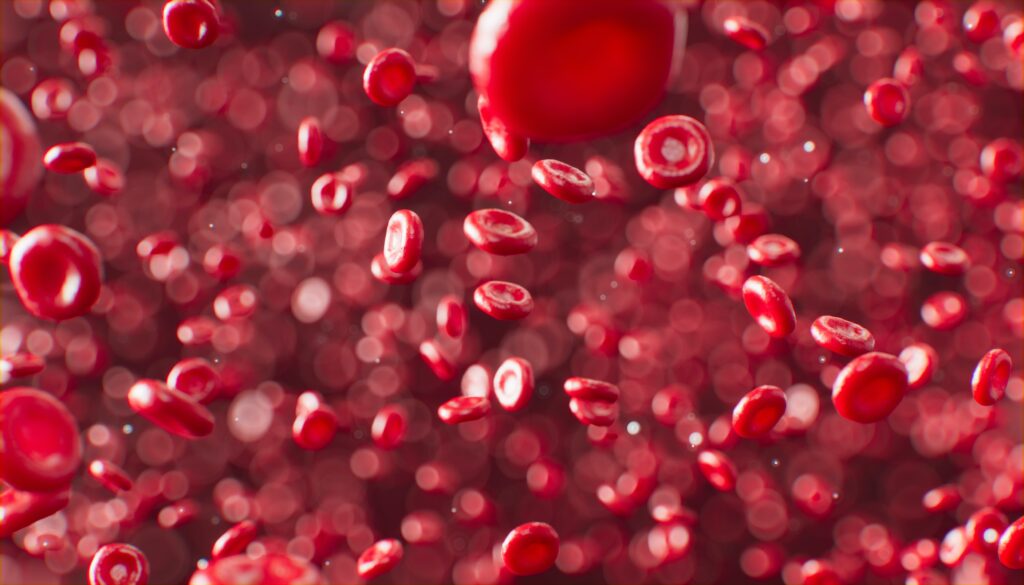
If one thing is clear from studying biology, it should be that the human body is an amazing thing. The human body is capable of creating molecules, breaking down molecules, and sustaining itself through the creation and maintenance of trillions of cells.
Blood is one of the most essential components of your body and is an integral part of the cardiovascular system. Your body devotes a lot of energy to creating new blood to keep everything circulating properly within your systems. Most sources agree that your body can make up to 17 million red blood cells per second on average. Under stress conditions, your body may even produce seven times that amount!


